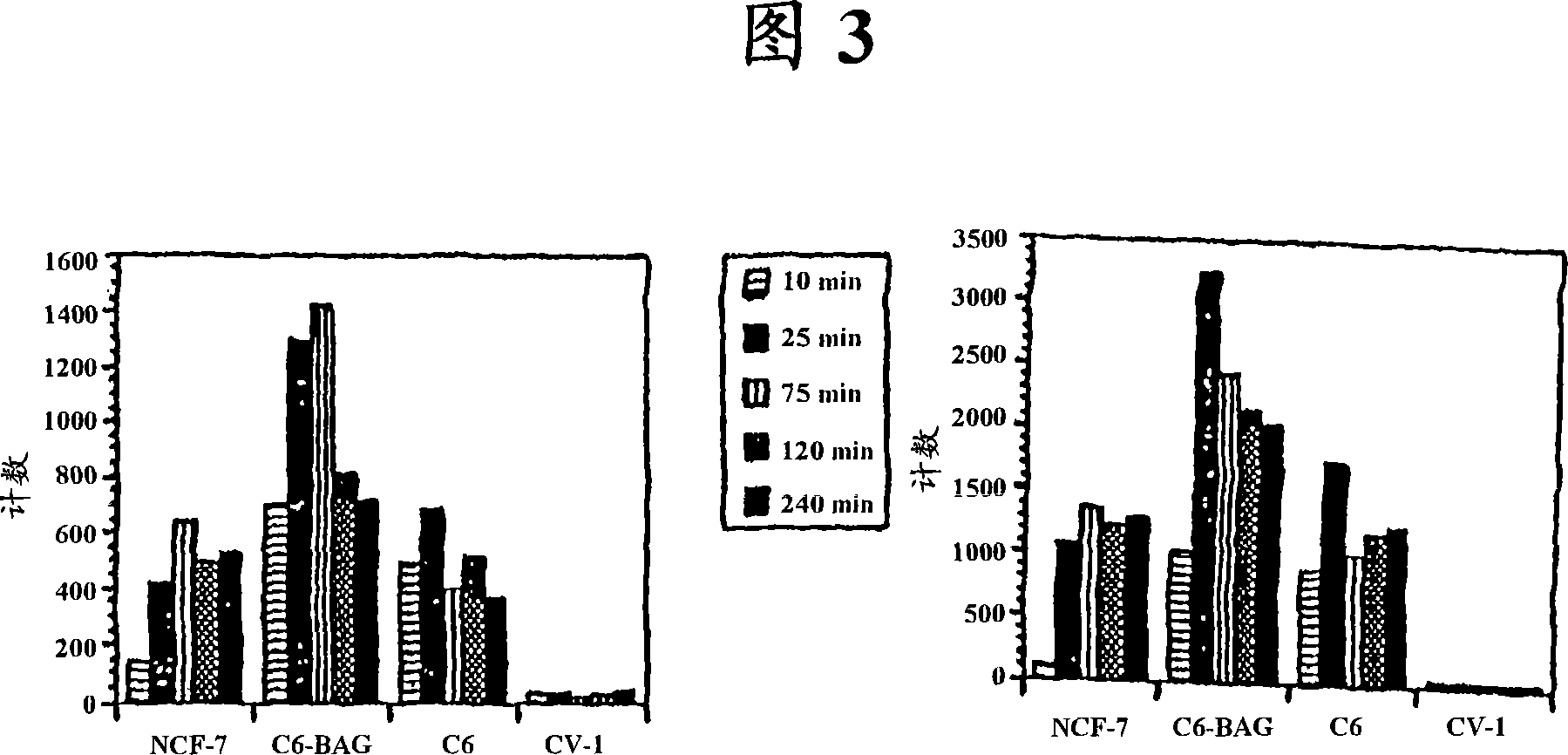Catalytic radiofluorination
A technology of radioactivity and compounds, applied in the direction of radioactive carriers, radioactive preparations in vivo, organic chemical methods, etc.
- Summary
- Abstract
- Description
- Claims
- Application Information
AI Technical Summary
Problems solved by technology
Method used
Image
Examples
preparation example Construction
[0039] Another aspect of the present invention relates to a method for the preparation of aryl halides by reacting triazine with sodium iodide and chlorotrimethylsilane to prepare aryl halides. In a preferred embodiment, the iodine is radioactive iodine. In some embodiments, iodine is 123 I. 124 I. 125 I or 131 I. In a preferred embodiment, iodine is 125 I. The reaction can be carried out in the presence or absence of a solvent. For reactions performed in the presence of a solvent, the reaction will be suitable for most organic solvents that do not contain hydroxyl groups that can react with the reaction substrates. Representative selections of suitable solvents include acetonitrile, dimethylacetamide, dimethylformamide, dimethylsulfoxide, dioxane, benzene, toluene, xylene, ethylbenzene, diglyme, dimethoxy Diethylene glycol dimethyl ether (ethylene glycol dimethyl ether), diethylene glycol dibutyl ether, triethylene glycol dimethyl ether, tetraethylene glycol dimethyl ...
Embodiment 1
[0621] Synthesis of [F-18]-1-methyl-1-(4-fluorophenyl)piperazinium salt
[0622]
[0623] Heating t-BOC-protected methylpiperazine under pressure in benzene in the presence of 1-fluoro-4-nitrobenzene gave 4-t-BOC-protected 1-methyl-1-( 4-nitrophenyl)piperazinium salt. The resulting piperazinium salt was heated at 200°C for 10 minutes in the presence of [18F]potassium fluoride and Krytofix. The resulting oil was treated with 3M aqueous HCl for 20 minutes to afford [F-18]-1-methyl-1-(4-fluorophenyl)piperazinium chloride.
Embodiment 2
[0625] Synthesis of [F-18]-1-(4-fluorocyclohexyl)-1-methyl-4-phenylpiperazinium iodide
[0626]
[0627] A solution of 1,4-cyclohexanediol (cis / trans mixture, 10 g, 86 mmol), benzoyl chloride (12 g, 86 mmol) and DMAP (50 mg) in dichloromethane / pyridine (80 / 20) was stirred at 25 °C for 4 Hour. The resulting reaction mixture was washed with 10% HCl until the aqueous layer was acidified, and the dichloromethane layer was washed with saturated NaHCO 3 , washed with brine, dried (Na 2 SO 4 ). After removal of the solvent, the crude product was chromatographed (silica gel, dichloromethane / methanol, 95:5) to yield 6 g (30%) of benzoyl alcohol.
[0628] 4-Benzoylcyclohexanol (5 g, 23 mmol) was oxidized with PCC (7.4 g, 34.5 mmol) in dichloromethane (50 mL) for 2 hours at 25°C. The black reaction mixture was filtered through a short bed of silica gel and the solvent was removed. Purification by chromatography (silica gel, hexane / ethyl acetate, 85:15) afforded 3 g (60%) of the ...
PUM
 Login to View More
Login to View More Abstract
Description
Claims
Application Information
 Login to View More
Login to View More - R&D
- Intellectual Property
- Life Sciences
- Materials
- Tech Scout
- Unparalleled Data Quality
- Higher Quality Content
- 60% Fewer Hallucinations
Browse by: Latest US Patents, China's latest patents, Technical Efficacy Thesaurus, Application Domain, Technology Topic, Popular Technical Reports.
© 2025 PatSnap. All rights reserved.Legal|Privacy policy|Modern Slavery Act Transparency Statement|Sitemap|About US| Contact US: help@patsnap.com



